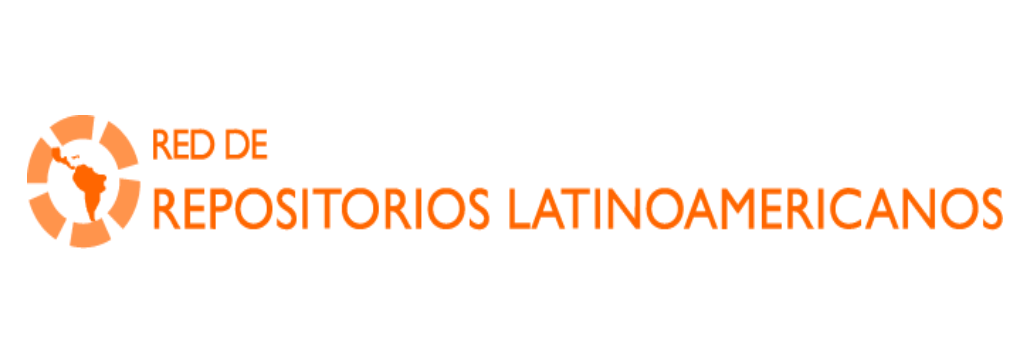Hydraulic optimization of the physical parameters of a drinking water distribution system
Artículo de revista
2021-09-24
Journal of Physics: Conference Series
Drinking-water distribution systems are generally designed with methodologies based
on trial-and-error tests, which generate feasible results. However, these trials are not the most
economical and reliable solution since they do not consider the optimization of the network. For
the present work, the hydraulic model of the drinking water distribution network of San José de
Cúcuta, Colombia, was optimized by applying the concept of resilience rate and minimum cost.
The development of the work consisted of the hydraulic modeling of the physical components
of the network in EPANET software, as well as the application of calculations of the connectivity
coefficient and the unitary power of each section. With the data obtained from the modeling and
calculations, the physical parameters were optimized, and the cost-benefit ratio was estimated.
It was found that the current drinking water distribution system does not have a power surplus
to overcome a system failure. The optimization increased the total energy surplus of the network
(261%) and the resilience rate (585%). Also, the connectivity coefficient was improved with an
average value of 0.95. The hydraulic optimization methodology applied resulted in a network
resilient to system failures.
Descripción:
Bonilla-Granados_2021_J._Phys.__Conf._Ser._2139_012013.pdf
Título: Bonilla-Granados_2021_J._Phys.__Conf._Ser._2139_012013.pdf
Tamaño: 1.099Mb
 PDF
PDF
 LEER EN FLIP
LEER EN FLIP
Título: Bonilla-Granados_2021_J._Phys.__Conf._Ser._2139_012013.pdf
Tamaño: 1.099Mb
 PDF
PDF
 LEER EN FLIP
LEER EN FLIP
















